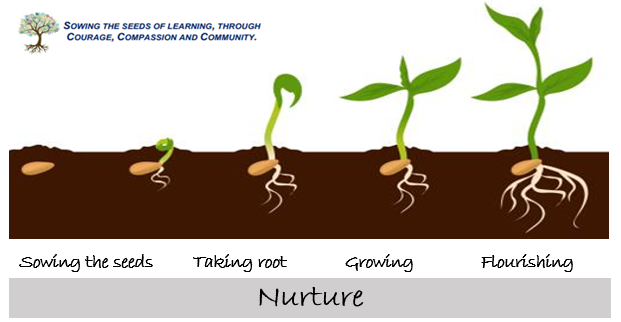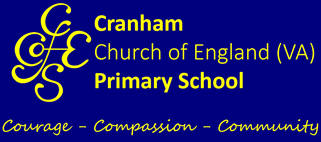Computing Implementation: How we teach and learn...

We teach a curriculum structured in units. For these units to be coherent, the lessons within a unit must be taught in order. However, across a phase, the units themselves do not need to be taught in order, with the exception of ‘Programming’ units, where concepts and skills rely on prior learning and experiences.
The units are based on a spiral curriculum. This means that each of the themes is revisited regularly (at least once in each year group), and pupils revisit each theme through a new unit that consolidates and builds on prior learning within that theme. This style of curriculum design reduces the amount of knowledge lost through forgetting, as topics are revisited yearly. It also ensures that connections are made even if different teachers are teaching the units within a theme in consecutive years.
Our curriculum has been written to support all pupils. Each lesson is sequenced so that it builds on the learning from the previous lesson, and where appropriate, activities are scaffolded so that all pupils can succeed and thrive. Scaffolded activities provide pupils with extra resources, such as visual prompts, to reach the same learning goals as the rest of the class. Exploratory tasks foster a deeper understanding of a concept, encouraging pupils to apply their learning in different contexts and make connections with other learning experiences. As well as scaffolded activities, embedded within the lessons are a range of pedagogical strategies, which support making computing topics more accessible.
The EYFS framework is structured very differently to the national curriculum as it is organised across seven areas of learning rather than subject areas. The most relevant statements for computing are within the following areas of learning:
- Personal, Social and Emotional Development
- Physical Development
- Understanding the World
- Expressive Arts and Design
What computing teaching looks like
Below is an example lesson which would be taught to our Year 3/4 class on a programming unit based on sequencing of sounds using Scratch.
